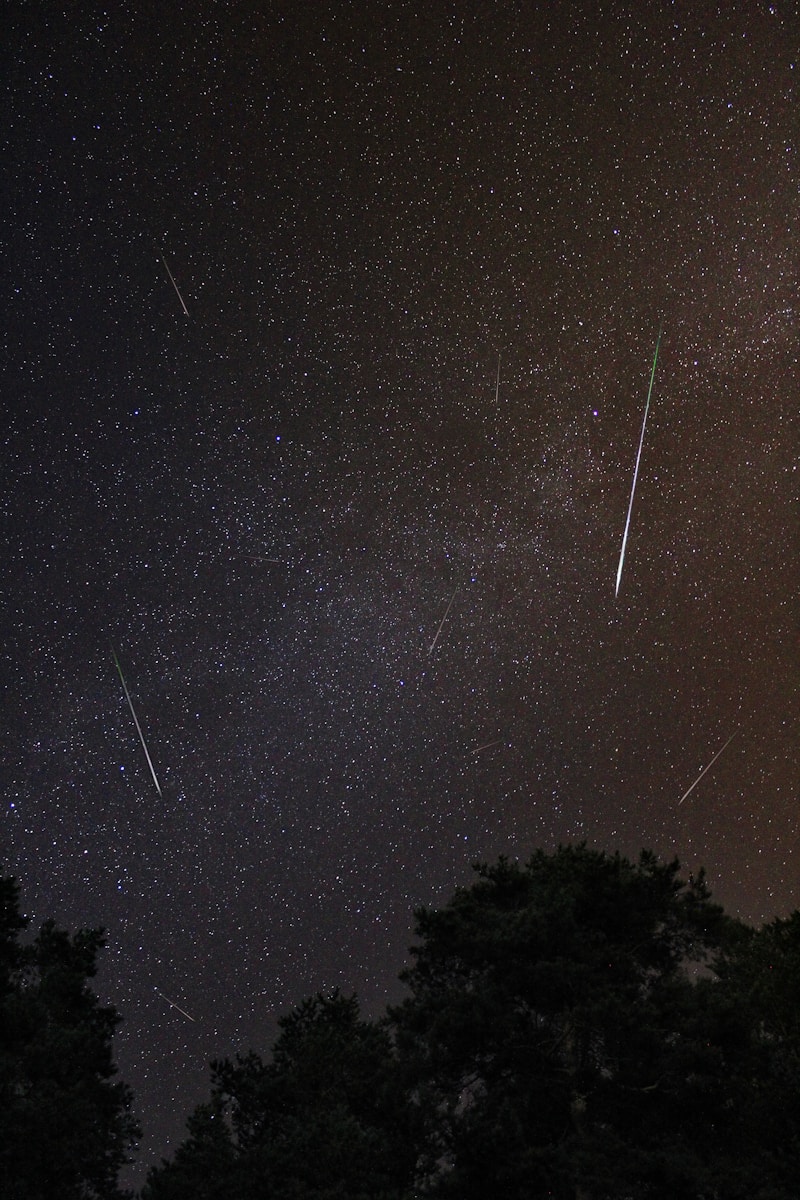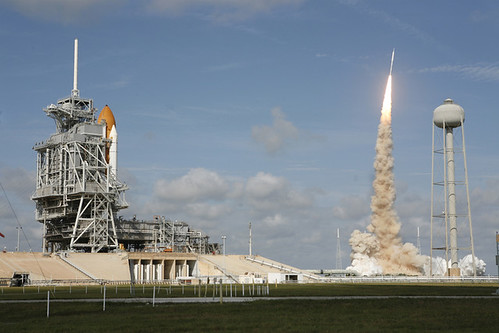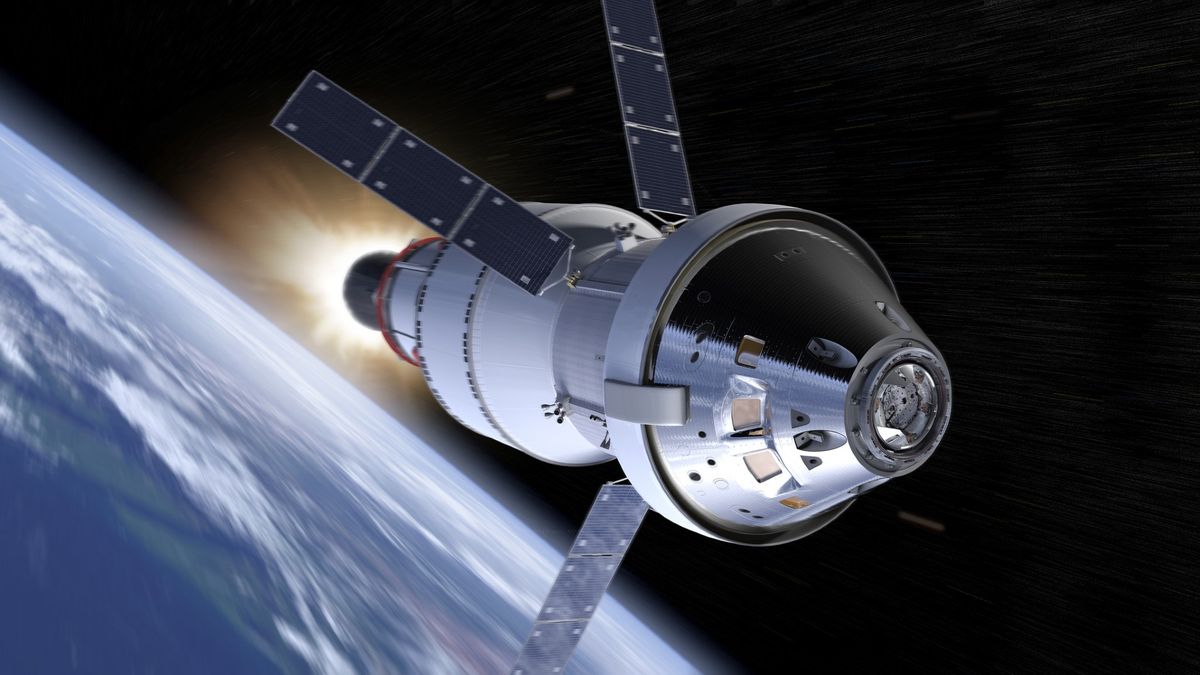China has embarked on its most ambitious deep space mission to date with the launch of the Tianwen-2 probe. The spacecraft lifted off on a Long March 3B rocket from Xichang Satellite Launch Center in Sichuan at 1:31 pm Eastern (17:31 UTC) on Wednesday.
Tianwen-2’s mission is twofold: to collect samples from the near-Earth asteroid 469219 Kamoʻoalewa (2016 HO3) and to survey comet 311P/PANSTARRS in the main asteroid belt. This marks China’s first attempt at asteroid sampling. The probe is set to reach Kamoʻoalewa, a 40- to 100-meter rocky body possibly originating from the Moon, by mid-2026, with samples expected to return to Earth in 2027. Afterward, it will head to comet 311P, arriving around 2035.
The China Aerospace Science and Technology Corporation (CASC) confirmed a successful launch, with Xinhua reporting that the spacecraft’s solar panels deployed smoothly. The China National Space Administration (CNSA) declared the mission a success.
Kamoʻoalewa, discovered in 2016 by Hawaiian researchers, will be sampled using hover sampling, touch-and-go, and anchored drilling, depending on surface conditions. The comet 311P, located between Mars and Jupiter, exhibits asteroid-like traits, making it a key target for studying solar system transitions. Tianwen-2 will leverage Earth’s gravity to redirect toward the comet after its asteroid mission.
RELATED STORIES:
https://interestingengineering.com/space/china-launches-tianwen-2-to-explore-asteroid
https://www.cnn.com/2025/05/28/science/china-tianwen-2-mission-launch
https://spacenews.com/china-launches-tianwen-2-mission-to-sample-near-earth-asteroid/
https://www.nytimes.com/2025/05/28/science/china-asteroid-tianwen-2.html
TAKE ACTION:
https://www.nytimes.com/2025/05/28/science/china-asteroid-tianwen-2.html






